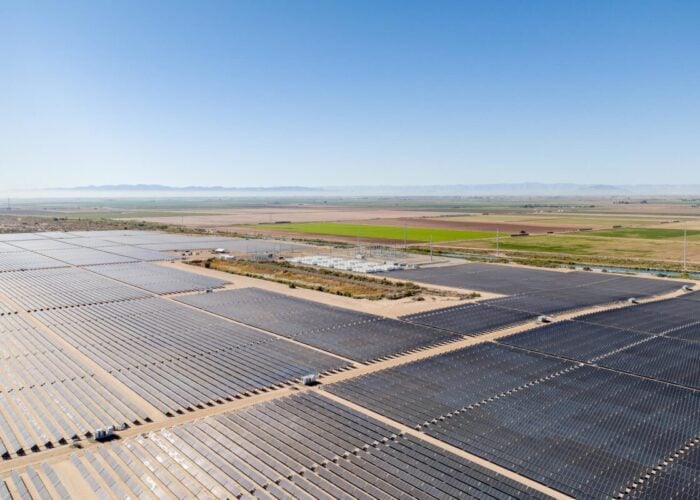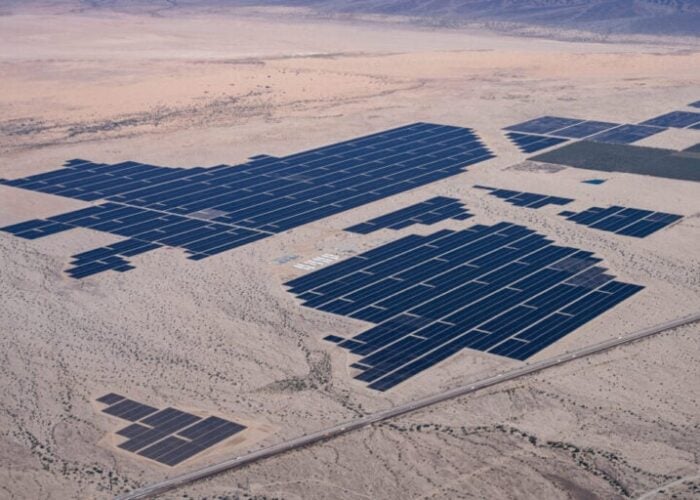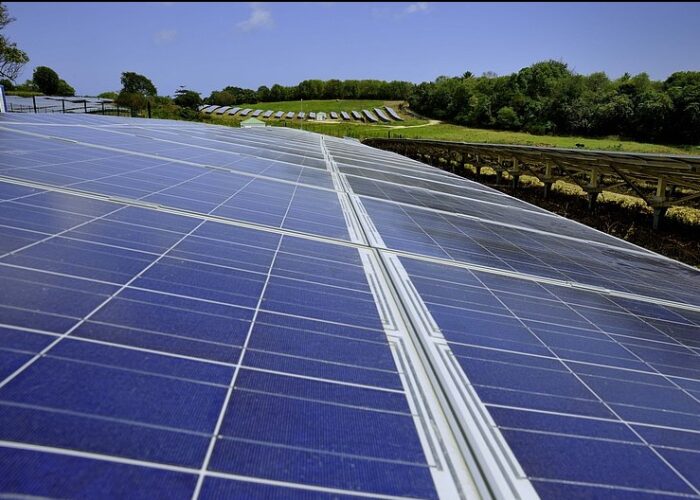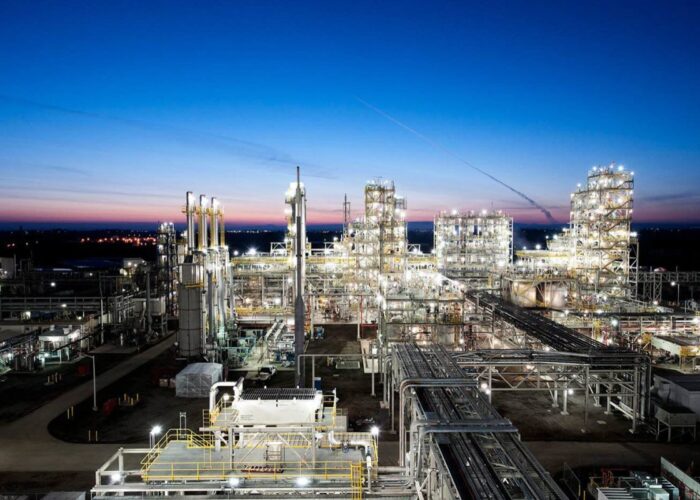
The US Department of Energy (DOE) has invested US$2.2 billion for the US grid, supporting eight projects covering 18 states.
These projects will help protect against the increasing threats of extreme weather events, lower costs for communities and increase grid capacity to meet load demand growth from manufacturing and data centres.
Unlock unlimited access for 12 whole months of distinctive global analysis
Photovoltaics International is now included.
- Regular insight and analysis of the industry’s biggest developments
- In-depth interviews with the industry’s leading figures
- Unlimited digital access to the PV Tech Power journal catalogue
- Unlimited digital access to the Photovoltaics International journal catalogue
- Access to more than 1,000 technical papers
- Discounts on Solar Media’s portfolio of events, in-person and virtual
Funded by the Bipartisan Infrastructure Law’s Grid Resilience and Innovation Partnerships (GRIP) Program, the projects selected will allow for the deployment of new transmission infrastructure and technology upgrades to the grid that will allow to add 13GW of grid capacity.
More than US$300 million will be dedicated in community workforce development, scholarships and apprentice programs, as well as grants to community organisations across the eight projects.
The selected projects will leverage innovation transmission infrastructure to improve grid resilience and reliability, while adding more clean energy to the grid.
Two of the projects will deploy large new transmission lines, which are the Clean Path New York (from the New York Power Authority) and the North Plains Connector (from the Montana Department of Commerce). The two lines, totalling about 625 miles, will increase grid capacity by nearly 4.3GW by deploying high voltage, direct current (HVDC) technology.
Several of the projects will also implement advanced technology upgrades to deploy innovative grid technologies. This includes advanced conductors, dynamic line ratings, microgrids and advanced distribution management systems to increase grid capacity using existing rights of way. Some of the projects will be a collaborative effort at the federal and interstate levels, while including private sector collaboration.
This US$2.2 billion investment in the grid from the DOE is the latest one to improve grid capacity across the US. Earlier this year, the Biden administration invested US$331 million in the Western transmission line, between the US states of Idaho and Nevada, which is expected to add up to 2GW of grid capacity. Construction of the line is expected to begin in 2025 and will transmit wind energy from Idaho to Southern Nevada.
Investment in the grid and increasing its capacity is much needed in the US, as it has nearly 3TW of capacity—1TW from solar PV alone—awaiting grid connection at the end of 2023. A recent report from DNV estimated that global grid capacity needed to grow 2.5 times its current size by 2050, while annual expenditure on grids must more than double to US$970 billion by mid-century.
“The first half of 2024 has already broken records for the hottest days in Earth’s history, and as extreme weather continues to hit every part of the country, we must act with urgency to strengthen our aging grid to protect American communities,” said US Secretary of Energy Jennifer M Granholm.
“The Biden-Harris Administration is investing in the most crucial component of the nation’s infrastructure, expanding and hardening the grid to allow more resilient, clean power to reach more household, and support the ongoing manufacturing boom—all while creating thousands of local jobs.”
The next edition of PV Tech Power (included in the Premium subscription), due in September, will include several articles on the US grid.







